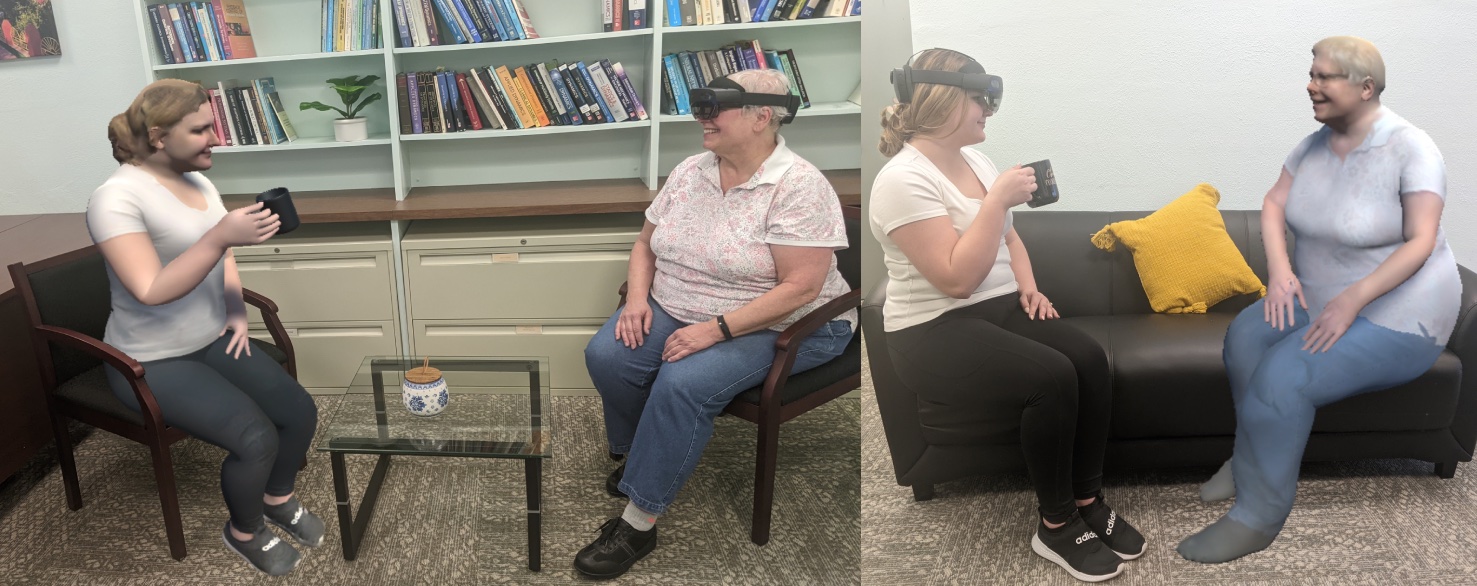
As the population of older adults continues to boom across the U.S., Vanderbilt researcher Nilanjan Sarkar is partnering with Lorraine Mion of the Ohio State University and two Middle Tennessee long-term care (LTC) facilities to investigate how augmented reality technologies can ease loneliness among residents.
Sarkar, the David K. Wilson Professor of Engineering and a Professor and the Chair of Mechanical Engineering, is the Principal Investigator on a new round of grants from the National Science Foundation and National Institutes of Health totaling nearly $2.7 million. The grants will be used to explore ways to transport realistic virtual avatars of families and friends of older adults in their LTC environment for joint social activities to increase social connection and engagement in older populations.
“The lack of social connections in older adults can lead to serious health consequences, including cardiovascular disease, cognitive decline, depression, and suicide,” said Sarkar, an expert in human-machine interaction. “Three-dimensional interactive technologies offer real promise when it comes to enhancing a person’s perception that their friends and loved ones are physically present.”
The new research will focus on creating next-generation augmented reality technologies, which superimpose virtual avatars and other digital images on real-world environments. That is in contrast to virtual reality, which fully immerses a person in a synthetic setting.
Noting that a large percent of the communication in human interaction consists of nonverbal behavior, one of the main research areas will be to refine avatar design to maximize what is known as social presence, a feeling that you’re generally interacting with a person. Another key area of focus will be to create a menu of shared augmented-reality activities that engage inter-generational participants.
Sarkar said in addition to the immediate impact of the work of easing loneliness in older populations, it could help broaden the use of augmented reality technologies to include telemedicine, skills training and entertainment.
“We’re only beginning to understand how these immersive digital environments can enhance various aspects of our lives,” he said. “I’m excited about where these projects may lead us.”